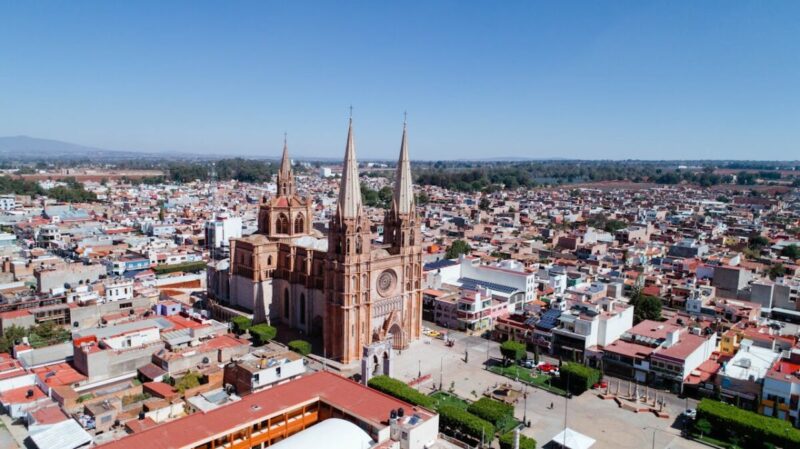Saint Margaret of Cortona 13thC
Saint Margaret of Cortona was born in 1247, although the exact date is unknown, and she died on February 22, 1297. She was an Italian penitent of the Third Order of Saint Francis. She was born in Laviano, near Perugia, and died in Cortona. She was canonised in 1728. She is the patroness saint of reformed prostitutes; the falsely accused, hoboes, homeless, insane, orphaned, mentally ill, midwives, penitents, single mothers, stepchildren, and tramps. That is a long list of categories for which she is the patron. Saint Margaret of Cortona had a film made of her in 1950. Did you see it?
Saint Margaret of Cortona Biography

Saint Margaret of Cortona was born in Laviano, a small village in Italy. When she was seven, her mother died and her father remarried. Saint Margaret of Cortona and her stepmother disliked each other. When she got older, she became more reckless, and her reputation suffered. When she was 17, she was seduced by a young knight and ran away with him. She lived with him for nine years and had a son.
One day, when the knight failed to return home from visiting one of his estates, Saint Margaret of Cortona became concerned. He was murdered. The murder shook Margaret, and she took to prayer and penance. She gave up all her worldly goods and left his home. She arrived at her father’s house with the boy, and she begged forgiveness. Her mother turned her away, and she sought help from Franciscan friars at Cortona. Her son went with her a later became a Franciscan friar.
Saint Margaret of Cortona then did public penance. She was horrified by her former life, and she did mortifications, including prolonged self-starvation, or “holy anorexia,” and self-mutilation. Once, averted by her confessor, she wanted to disfigure her face with a razor, to make herself unattractive. A cottage was found for Margaret and her son. Early on, she was able to make money by caring for children and nursing ill ladies. Following the example of Francis of Assisi, she hoped to take the habit of a mendicant friar.
In 1277, after three years’ probation, Saint Margaret of Cortona was at last received into the Third Order of Saint Francis. With her focus on prayer and contemplation, she became drawn into a close mystical communion with Christ. She continued to serve the poor. She established a hospital for the sick, homeless, and impoverished. She went on to establish a congregation devoted to Our Lady of Mercy, members binding themselves to support the hospital and to help the needy.
Saint Margaret of Cortona started sleeping on a wooden trellis in a cell at the church of San Francesco; then, as now, under the custodial care of the local Franciscan convent. Once, on a Sunday morning, she begged pardon from the community of her childhood. On several occasions, she got embroiled in political matters. In 1288, she was asked to seek reconciliation between local families split bitterly by the second phase (1216–1392) of the Guelph/Ghibelline rift. She was also asked to negotiate between the people of Cortona and the Bishop. Claiming divine command, she twice challenged him publicly.
By 1288, Margaret had retreated to contemplation among the ruins of a small oratoryand apart from the visits of her priest, she remained there alone. The little church itself had been damaged during the 1258 siege of the town by soldiers from Arezzo. Saint Margaret of Cortona led efforts to rebuild the church and convent. In those days, a just fifteen metres in length, the church was dedicated to Basilio, Egidius, and Caterina d’Alessandria. In a wall of the small adjacent chapel of San Basilio, her body was laid when she died on February 22, 1297, just shy of her 50th birthday. She was immediately canonised as a saint, though official canonisation was to wait more than 430 years.
Conclusion
By 1330, Cortona’s citizens had constructed a larger basilica, Santa Margherita. As seen today, the old church was now subsumed into the nave of the newer, thirty-meter-long structure. Located in the church is the spot where Margaret had died, a room behind the old church where she had dwelt for the last years of her life. In 1456, her body was exhumed and moved to the basilica, where it became the object of veneration. Her body had been declared incorrupt. To this day, it remains preserved in a silver casket. She was canonised by Pope Benedict XIII on May 16, 1728.





